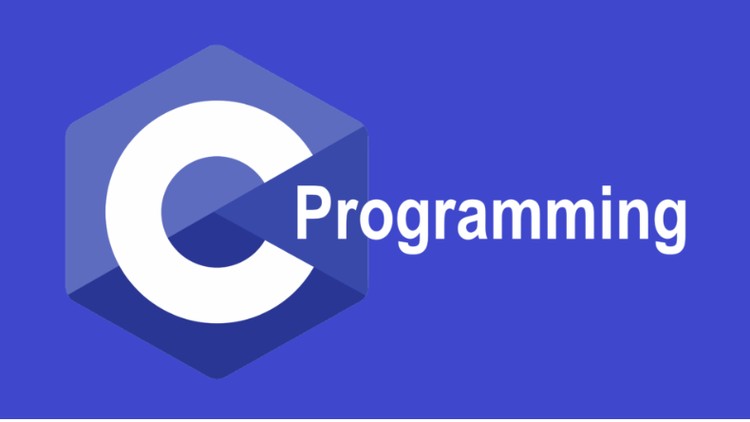(C Programming Tutorials)
C Structure and Function
In this tutorial, you’ll learn to pass struct variables as arguments to a function. You will learn to return struct from a function with the help of examples.
Passing structs to functions
We recommended you to learn these tutorials before you learn how to pass structs to functions.
- C structures
- C functions
- User-defined Function
Here’s how you can pass structures to a function
#include <stdio.h>
struct student {
char name[50];
int age;
};
// function prototype
void display(struct student s);
int main(){
struct student s1;
printf("Enter name: ");
// read string input from the user until n is entered
// n is discarded
scanf("%[^n]%*c", s1.name);
printf("Enter age: ");
scanf("%d", &s1.age);
display(s1); // passing struct as an argument
return 0;
}
void display(struct student s){
printf("nDisplaying informationn");
printf("Name: %s", s.name);
printf("nAge: %d", s.age);
}Output
Enter name: Bond Enter age: 13 Displaying information Name: Bond Age: 13
Here, a struct variable s1 of type struct student is created. The variable is passed to the display() function using display(s1); statement.
Return struct from a function
Here’s how you can return structure from a function:
#include <stdio.h>
struct student
{
char name[50];
int age;
};
// function prototype
struct student getInformation();
int main(){
struct student s;
s = getInformation();
printf("nDisplaying informationn");
printf("Name: %s", s.name);
printf("nRoll: %d", s.age);
return 0;
}
struct student getInformation(){
struct student s1;
printf("Enter name: ");
scanf ("%[^n]%*c", s1.name);
printf("Enter age: ");
scanf("%d", &s1.age);
return s1;
}
Here, the getInformation() function is called using s = getInformation(); statement. The function returns a structure of type struct student. The returned structure is displayed from the main() function.
Notice that, the return type of getInformation() is also struct student.
Passing struct by reference
You can also pass structs by reference (in a similar way like you pass variables of built-in type by reference). We suggest you to read pass by reference tutorial before you proceed.
During pass by reference, the memory addresses of struct variables are passed to the function.
#include <stdio.h>
typedef struct Complex
{
float real;
float imag;
} complex;
void addNumbers(complex c1, complex c2, complex *result);
int main(){
complex c1, c2, result;
printf("For first number,n");
printf("Enter real part: ");
scanf("%f", &c1.real);
printf("Enter imaginary part: ");
scanf("%f", &c1.imag);
printf("For second number, n");
printf("Enter real part: ");
scanf("%f", &c2.real);
printf("Enter imaginary part: ");
scanf("%f", &c2.imag);
addNumbers(c1, c2, &result);
printf("nresult.real = %.1fn", result.real);
printf("result.imag = %.1f", result.imag);
return 0;
}
void addNumbers(complex c1, complex c2, complex *result){
result->real = c1.real + c2.real;
result->imag = c1.imag + c2.imag;
}
Output
For first number, Enter real part: 1.1 Enter imaginary part: -2.4 For second number, Enter real part: 3.4 Enter imaginary part: -3.2 result.real = 4.5 result.imag = -5.6
In the above program, three structure variables c1, c2 and the address of result is passed to the addNumbers() function. Here, result is passed by reference.
When the result variable inside the addNumbers() is altered, the result variable inside the main() function is also altered accordingly.
Disclaimer: The information and code presented within this recipe/tutorial is only for educational and coaching purposes for beginners and developers. Anyone can practice and apply the recipe/tutorial presented here, but the reader is taking full responsibility for his/her actions. The author (content curator) of this recipe (code / program) has made every effort to ensure the accuracy of the information was correct at time of publication. The author (content curator) does not assume and hereby disclaims any liability to any party for any loss, damage, or disruption caused by errors or omissions, whether such errors or omissions result from accident, negligence, or any other cause. The information presented here could also be found in public knowledge domains.
Learn by Coding: v-Tutorials on Applied Machine Learning and Data Science for Beginners
Latest end-to-end Learn by Coding Projects (Jupyter Notebooks) in Python and R:
All Notebooks in One Bundle: Data Science Recipes and Examples in Python & R.
End-to-End Python Machine Learning Recipes & Examples.
End-to-End R Machine Learning Recipes & Examples.
Applied Statistics with R for Beginners and Business Professionals
Data Science and Machine Learning Projects in Python: Tabular Data Analytics
Data Science and Machine Learning Projects in R: Tabular Data Analytics
Python Machine Learning & Data Science Recipes: Learn by Coding
R Machine Learning & Data Science Recipes: Learn by Coding
Comparing Different Machine Learning Algorithms in Python for Classification (FREE)
There are 2000+ End-to-End Python & R Notebooks are available to build Professional Portfolio as a Data Scientist and/or Machine Learning Specialist. All Notebooks are only $29.95. We would like to request you to have a look at the website for FREE the end-to-end notebooks, and then decide whether you would like to purchase or not.
